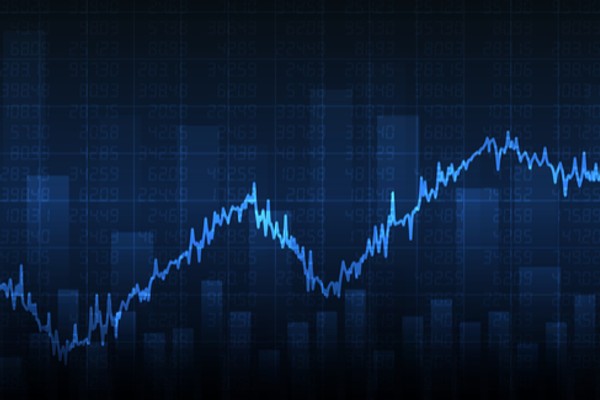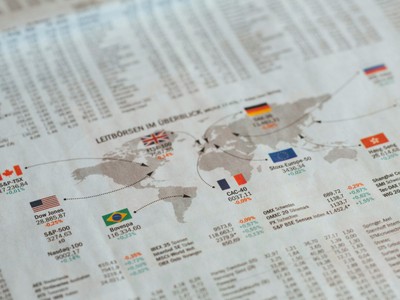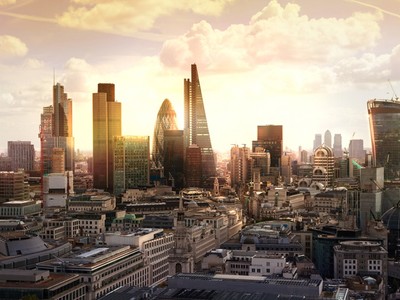Triggered by rising wages in the US and fears that a long period of cheap money was about to come to an end, investors were dumping stock, resulting in the biggest one day fall in the US benchmark index since the financial crisis of nearly a decade ago. As it happens the crisis appeared short lived, but it served as a reminder that we are still in a bull market – thus far the second longest on record.
If I have learned anything from my 50 plus years of involvement in shares, it is that bull markets do not last for ever. Markets can fall as well as rise – as it says in the warnings that must accompany financial products. That is not to say we are about to enter bear territory for shares, but it is worth remembering that markets always travel too far, in whichever direction they are moving. Bull markets peak at the point of maximum optimism, bear markets when investors are at their most pessimistic.
What we need to consider is whether this marks a correction – arguably necessary, given the extent to which markets have risen, most notably on Wall Street – or the start of something altogether more sinister. Bear markets generally, but not always, have a fundamental problem as their cause. Presently the world economy looks in good shape and, if anything, is strengthening which suggests the fall was little more than a pause. But a bell does not ring at the top, which might explain the rush for the door when inflation reared its ugly head.
What could go wrong? Perhaps economic prosperity could stall, but governments worldwide will be anxious to avoid that. Maybe a geo-political upset in the Middle East or the Korean peninsular will upset sentiment, but we’ll only know after the event. It seems more likely that investors are simply taking the view that markets are a little ahead of the game. Calmer conditions did settle in quite swiftly, which supports this view. But if interest rates do start to rise again to calm inflationary trends, shares could look vulnerable.
And there is an added complication which has only crept into the occasion in recent years. When I started in this business, back in the 1960s, few firms used computers. Today much of the trading that takes place on markets is handled, or even generated, by computers. While this arguably takes emotion out of decision taking (a worthy City editor once described the professional investment community as “pin-striped sheep”, so prone were they to the herd instinct when taking investment decisions), at the very least it can add to volatility.
Markets are expected to anticipate events. This is not always possible, naturally, but if the global economic recovery continues to build and President Trump’s tax reforms do, indeed, improve corporate profitability, then equity valuation levels could prove justified. It is the unexpected of which we need to be wary.
I have lived through many bear markets – the IOS collapse in the late 1960s, the oil price hike and banking crisis of the early 1970s, the unwinding of post-Big Bang euphoria in the mid-1980s, the bursting of the technology bubble in 2000, not to mention the financial crisis of 2008. They were not easy to foresee. I have no idea when or where from the next shock will develop, let alone the market level at the time. The future, as always, is opaque.



